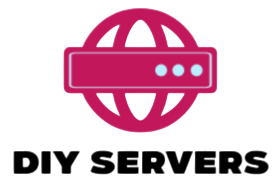In the present dynamic and flighty business scene, proactive risk management is fundamental for guaranteeing hierarchical resilience and maintainability. By identifying potential risks, developing mitigation strategies, and implementing proactive measures, businesses can really explore vulnerabilities and defend their prosperity. Building a powerful risk management course bizsafe level 2 is critical to accomplishing this objective, giving an organized system for identifying, surveying, and tending to risks before they grow into emergencies.
Identifying potential risks:
The most important phase in building a risk management implementation plan is to conduct a careful evaluation of the potential risks confronting the association. These risks might incorporate a large number of elements, including monetary risks, functional risks, key risks, consistency risks, and outer risks like market unpredictability or international precariousness. By leading risk evaluations and situation examinations, businesses can acquire an exhaustive comprehension of potential dangers and weaknesses.

Developing mitigation strategies:
When potential risks have been distinguished, the next stage is to foster mitigation strategies to actually address them. This might include implementing controls and protections to decrease the probability of a risky event, as well as developing emergency courses of action to limit the effect of risks that can’t be completely wiped out. Mitigation strategies ought to be custom-made to the particular idea of each risk, considering its seriousness, probability, and potential effect on the association.
Implementing Proactive Measures:
Building resilience requires a proactive way to deal with risk management, stressing preventive measures, and proactive observation to distinguish and address risks before they arise. This might incorporate implementing risk management course bizsafe level 2, like ordinary risk appraisals, inner controls, and consistency observing. Also, businesses can use innovation and information examination to upgrade their risk identification abilities and distinguish arising dangers progressively.
Cultivating a Culture of Risk Awareness:
Viable risk management isn’t exclusively the obligation of a couple of people or divisions; it requires dynamic cooperation and commitment, everything being equal. This might include giving preparation and schooling on risk management standards and works on, cultivating open correspondence channels for revealing potential risks, and boosting proactive risk management ways of behaving.
Building a risk management implementation plan is fundamental for proactively safeguarding businesses and cultivating resilience, notwithstanding vulnerability. By identifying potential risks, developing mitigation strategies, and implementing proactive measures, associations can explore difficulties with certainty and defend their prosperity. Building a culture of risk awareness and responsibility guarantees that risk management rehearsals are imbued into the association’s DNA, empowering it to adjust and flourish in a consistently changing business climate.

